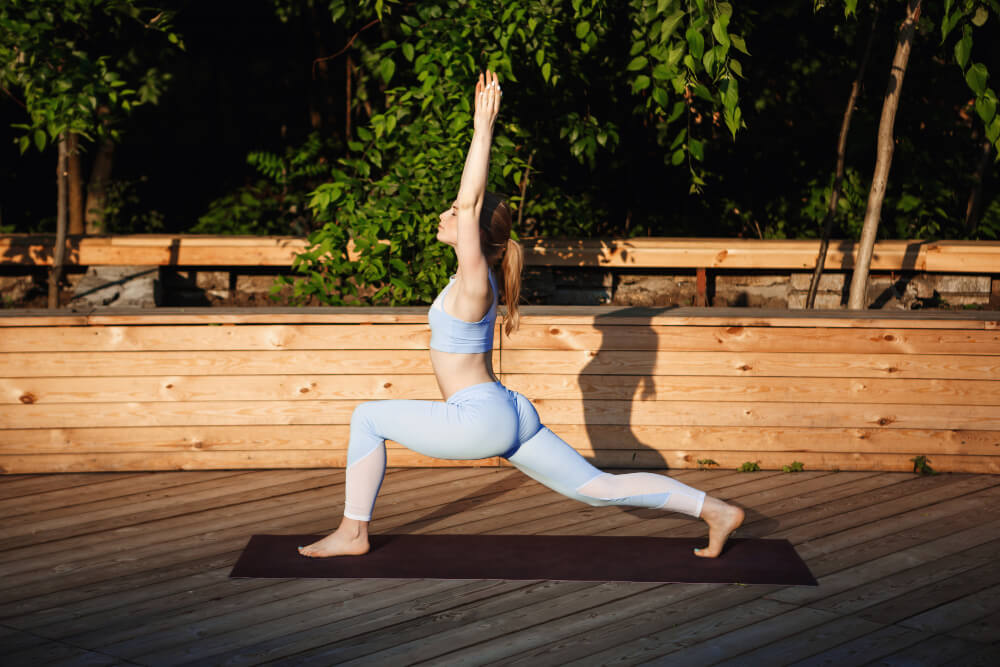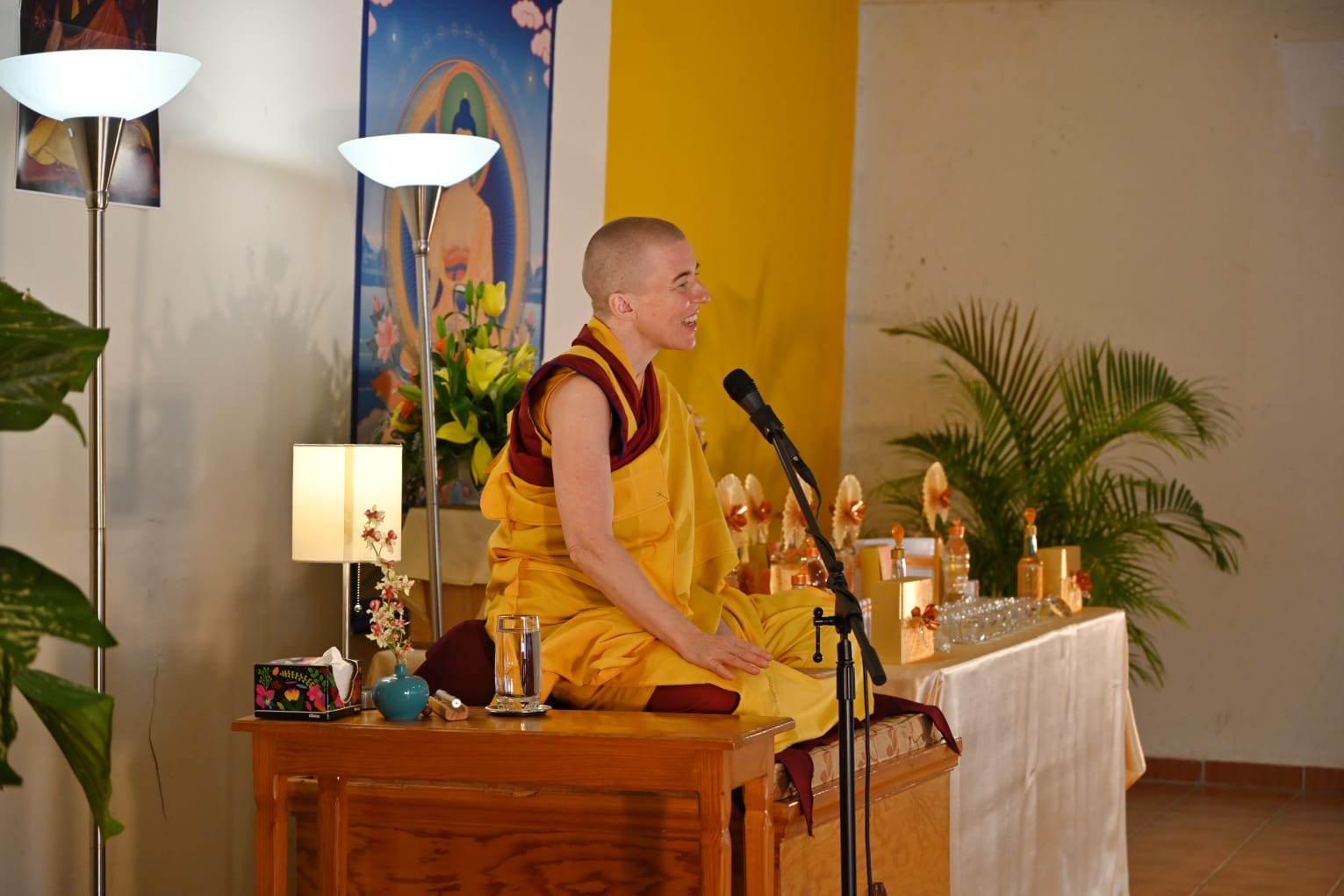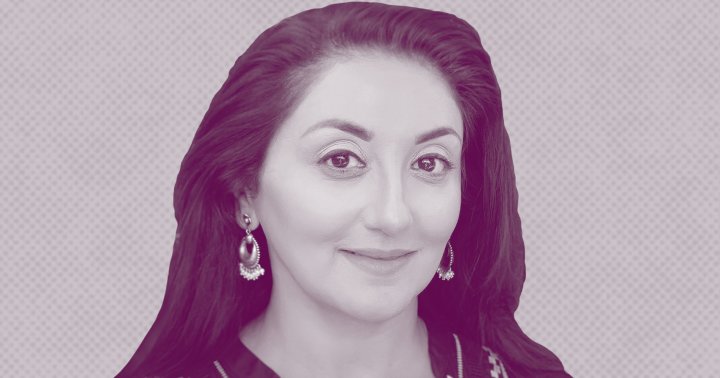Vinyasa Yoga Fow sequences for beginner
Vinyasa yoga, also known as flow yoga, is a dynamic and invigorating style of yoga that links breath with movement. […]

Vinyasa yoga, also known as flow yoga, is a dynamic and invigorating style of yoga that links breath with movement. It’s a beautiful practice that can improve strength, flexibility, and cardiovascular health. But for beginners, the seemingly endless sequences of poses can feel daunting. Fear not! This blog post will unveil the secrets of Vinyasa yoga flow sequences, making them accessible and enjoyable for even the newest yogis.
Embracing the Journey: Vinyasa Yoga Flow for Beginners
Before diving into flow sequences, it’s important to establish a foundation in basic yoga postures. Vinyasa yoga builds upon these fundamentals, so a strong understanding of proper alignment and breathwork is essential. If you’re new to yoga, consider taking a beginner-friendly class or exploring some online resources to learn the essential poses.
Understanding the Flow: The Essence of Vinyasa
The defining characteristic of Vinyasa yoga flow is the seamless connection between breath and movement. Inhale as you initiate a pose, and exhale as you flow into the next one. This creates a rhythmic and meditative experience that sets Vinyasa apart from other yoga styles.
Building Your Vinyasa Practice: Brick by Brick
Now, let’s break down a simple Vinyasa flow sequence that beginners can practice at home. Remember to listen to your body and modify poses as needed.
Warm-Up
Cat-Cow: Begin on your hands and knees with a flat back. Inhale, arch your back and gaze upward (cow pose). Exhale, round your back and tuck your chin (cat pose). Repeat for several breaths. Downward-Facing Dog (Adho Mukha Svanasana): Start on your hands and knees, then push your hips back and straighten your legs as much as possible. Keep your heels pressing towards the ground, and gaze between your legs. Hold for 5 breaths.Sun Salutations (Surya Namaskar)
Sun salutations are the cornerstone of Vinyasa yoga flow. They link several poses together in a dynamic sequence. Here’s a simplified version:
High Plank (Ph उच्च पादासन Utkatasana): From Downward-Facing Dog, lower your body down to a high plank position, keeping your core engaged and your back flat. Chaturanga Dandasana (Four-Limbed Staff Pose): Lower your body down further, bending your elbows at a 90-degree angle, keeping your shoulders stacked over your wrists. Upward-Facing Dog (Urdhva Mukha Svanasana): Push back up to Downward-Facing Dog, then arch your back and gaze upwards. High Plank: Repeat the high plank position from earlier. Downward-Facing Dog: Return to Downward-Facing Dog to complete one sun salutation.Cool-Down
Child’s Pose (Balasana): Sit back on your heels with your torso resting between your thighs. Rest your forehead on the ground and relax your arms by your sides. Breathe deeply for several breaths. Corpse Pose (Savasana): Lie flat on your back with your arms at your sides and your palms facing upwards. Close your eyes and relax your entire body. Breathe deeply and slowly for a few minutes.Practice Makes Progress: Tips for Beginners
Focus on Breath: Don’t get caught up trying to achieve perfect poses. Focus on synchronizing your breath with your movements. Move Slowly: There’s no rush! Take your time as you transition between poses. Listen to Your Body: If you experience any pain, stop the pose and rest. Vinyasa yoga should be enjoyable, not forceful. Modify When Needed: Don’t hesitate to modify poses to suit your limitations. Use yoga props like blocks and straps for support. For additional safety tips and modifications, consult Mayo Clinic.Beyond the Basics: Exploring Vinyasa Yoga Flow
As you gain confidence and experience, you can explore more challenging Vinyasa flow sequences. There are countless variations and styles of Vinyasa yoga, so find what resonates with you. Online resources and yoga classes can provide a wealth of inspiration for your practice. Here are some additional tips for venturing further into the world of Vinyasa yoga:
Find a Vinyasa Yoga Class: Joining a Vinyasa yoga class with a qualified instructor is a fantastic way to deepen your practice. The instructor can provide personalized guidance, ensure proper alignment, and introduce you to new and challenging flows. Explore Online Vinyasa Resources: The internet offers a vast array of online Vinyasa yoga resources. Look for reputable websites or YouTube channels that offer beginner-friendly Vinyasa sequences. Consider subscribing to online yoga platforms for access to a library of classes with varying difficulty levels. Embrace the Journey: Vinyasa yoga is a lifelong practice. Don’t get discouraged if you don’t master poses right away. The key is to enjoy the process, listen to your body, and celebrate your progress.The Benefits of Vinyasa Yoga Flow
Vinyasa yoga offers a multitude of benefits for both body and mind. Here are just a few:
Increased Strength and Flexibility: Vinyasa yoga postures engage various muscle groups, leading to improved strength and flexibility over time. Enhanced Cardiovascular Health: The dynamic nature of Vinyasa yoga gets your heart rate up, promoting cardiovascular health and stamina. (American Council on Exercise, 2024) Stress Reduction and Improved Mood: The rhythmic flow of breath and movement in Vinyasa yoga flow can have a calming effect on the mind, reducing stress and promoting feelings of well-being. Improved Body Awareness: Vinyasa yoga flow helps you connect with your body and develop a deeper understanding of your physical limitations and capabilities.Vinyasa Yoga for Every Body: Variations and Considerations
Vinyasa yoga’s beauty lies in its adaptability. While the core principles remain constant (breath-linked movement), there are various styles and considerations to tailor your practice:
Power Vinyasa: This high-energy style focuses on building strength and endurance through challenging sequences and faster transitions. It’s ideal for those seeking a vigorous workout. Slow Flow Vinyasa: This gentler approach emphasizes deeper holds in each pose, allowing for more focus on alignment and breath. It’s perfect for beginners or those seeking a more meditative practice. Yin Yoga Vinyasa Fusion: This innovative blend incorporates elements of Yin yoga’s long holds and Vinyasa’s flowing transitions. It provides a balance of flexibility work and dynamic movement.Considerations for Different Needs
Pregnancy: Consult a doctor before practicing Vinyasa yoga flow while pregnant. Opt for gentler modifications and avoid poses that strain the abdomen or put pressure on the belly. Injuries: If you have any injuries, inform your instructor or choose online classes that offer modifications for specific limitations. Listen to your body and avoid poses that cause pain. Body Type: Vinyasa yoga flow is suitable for all body types. Utilize props like blocks and straps for support and focus on proper alignment over achieving perfect visual form.Deepen Your Vinyasa Practice: Advanced Techniques and Resources
As you gain experience and confidence in your Vinyasa practice, you can explore advanced techniques to elevate your flow and challenge yourself further. Here are some areas to delve into:
Drishti (Gaze): Vinyasa yoga incorporates specific drishti points (gazing points) in various poses to improve focus and balance. Mastering these drishti points can enhance your practice significantly. Bandhas (Energy Locks): Bandhas are internal locks that engage specific muscle groups to generate heat and stability within the body. Integrating Uddiyana Bandha (abdominal lock) and Mula Bandha (root lock) into your flow can lead to a more powerful and grounded practice. Advanced Poses: As your strength and flexibility progress, you can incorporate more challenging poses like inversions (headstands, handstands) and arm balances (crow pose, side plank variations) into your flow. Always approach these poses with caution, ensure proper alignment, and consider practicing them under the guidance of a qualified instructor.Expanding Your Vinyasa Knowledge
The internet provides a wealth of resources to deepen your understanding of Vinyasa yoga. Here are some suggestions:
Yoga Podcasts: Informative podcasts delve into various aspects of Vinyasa yoga, from philosophy and anatomy to sequencing tips and interviews with renowned yoga teachers. (Sri Krishna Pattabhi Jois Ashtanga Yoga Institute, n.d.) Yoga Blogs and Websites: Reputable yoga blogs and websites offer a treasure trove of information on Vinyasa yoga. Look for articles on specific poses, flow sequences tailored for different goals (stress relief, flexibility), and discussions on the philosophy of Vinyasa practice. Yoga Books: In-depth yoga books can provide a comprehensive understanding of Vinyasa yoga. Explore books by renowned Vinyasa teachers like Sri K. Pattabhi Jois (founder of Ashtanga yoga, the foundation of Vinyasa) or Baron Baptiste (known for his powerful and empowering Vinyasa style)Building Your Own Vinyasa Practice
Create a Playlist: Compile music that inspires your flow. Upbeat tempos can energize your practice, while calming melodies can enhance the meditative aspect. Set an Intention: Before starting your flow, set an intention for your practice. It could be focusing on specific areas of your body, cultivating a particular emotion, or simply practicing mindful movement. Create a Yoga Nook: Dedicate a corner of your room or a specific area in your home for your yoga practice. Invest in a comfortable yoga mat, yoga blocks, and a yoga strap to support your poses. Consider adding calming elements like candles or aromatherapy diffusers to create a serene ambiance. Develop a Routine: Establish a regular practice schedule, whether it’s a daily flow or a few sessions per week. Consistency is key to progress and reaping the benefits of Vinyasa yoga flow. Track Your Progress: Keeping a yoga journal can be a valuable tool. Note down your practice experiences, challenges encountered, and any breakthroughs you achieve. This helps you stay motivated and track your progress over time. End with Gratitude: After your practice, take a few moments in Savasana (Corpse Pose) to express gratitude for your body and its capabilities.Conclusion
Vinyasa yoga flow is a dynamic and rewarding practice that can benefit yogis of all levels. By starting with the fundamentals, focusing on breathwork, and practicing with intention, beginners can build a strong foundation for a lifelong exploration of Vinyasa flows. So, roll out your yoga mat, take a deep breath, and embark on your Vinyasa yoga flow journey today!

 Koichiko
Koichiko 



























![How To Host Or Migrate A Website In 2025: Factors That May Break Rankings [+ Checklist] via @sejournal, @inmotionhosting](https://www.searchenginejournal.com/wp-content/uploads/2025/05/featured-508.png)
